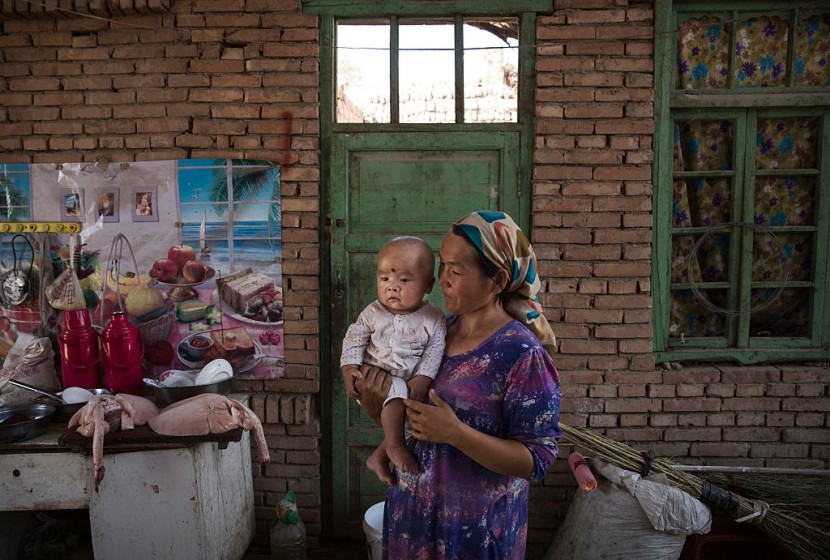
In Xinjiang, a Uighur woman who was arrested by police officers and placed in a detention center claims they forced her to drink medicine that made her weak and nauseous while guards watched her gulp it down.
Along with several others, the woman was ordered to fully strip off their clothes once a week and cover their faces while guards sprayed water on them and cleaned their cells with disinfectant.
According to AP News, a woman, who spoke by phone from Xinjiang, recounted her experience and said the water was scalding hot. Wanting to stay anonymous, she added that the water's temperature ruined her hands and caused her skin to peel.
Severe lockdown procedures
Officials from China's Xinjiang region have resorted to severely harsh activities to fight against the country's coronavirus running rampant. The government has locked people inside their homes and implemented 40-day quarantines while arresting anyone who did not comply.
Some residents of the region were also forced to swallow traditional Chinese medicine, in what experts call a breach of medical ethics, which can be seen through government notices, posts on social media platforms, and interviews with three people who were held in quarantine in the area.
Despite the widespread use of traditional Chinese medicine, there is a lack of clinical data that shows they are useful in fighting against the COVID-19 virus. One of the herbal remedies used in the region, Qingfei Paidu, consists of elements that have been banned by several countries, including Germany, Switzerland, and the United States, because of the high level of toxins and carcinogens they have.
Also Read : Chinese Hospitals Implement Horrific Late-Stage Abortions, Newborn Killings to Reduce Uighur Population
The Xinjiang region has continued to implement its lockdown, which has now lasted 45 days after 826 positive infections were reported in the area since mid-July, marking the largest cluster in China since the beginning of the outbreak, as reported by Inquirer.
The number of cases is not the only thing that made the region's lockdown gain attention; it was also because of the severity as Xinjiang has not recorded new cases of local transmission for more than a week.
A large number of infections
In other regions of China, officials have implemented harsh lockdown procedures, one of the most notable of which is in Wuhan in the Hubei province, which is believed to have been the origin of the COVID-19 virus.
Wuhan has experienced more than 50,000 local cases, while Hubei recorded 68,000, which are significantly higher than the Xinjiang province. However, Wuhan and Hubei residents were not forced to take traditional medicine, and lockdown procedures were generally laxer than Xinjiang as officials allowed citizens to go out and shop for groceries or do exercise activities.
According to Time, Beijing's response to the coronavirus pandemic in June was even milder, with only a few neighborhoods placed in lockdown for a couple of weeks. On the other hand, Xinjiang has placed over half of its 25 million population under strict lockdown protocols that range from the center of the outbreak in the capital, Urumqi, to hundreds of miles away.
Despite most of China, including Wuhan returning to life before the pandemic, Xinjiang's procedures, supported by a massive surveillance system, has turned the region into a large digital police state.
Related Article : China Continues to Punish US as Beijing Sanctions 11 More Americans
© 2026 HNGN, All rights reserved. Do not reproduce without permission.








